Research Areas
My current research is focusing on image processing, mathematical modeling, data analysis,
machine learning, and their application in brain
connectivity analysis and white matter tracts segmentation on
diffusion-weighted imaging (DWI).
I have developed automatic algorithms for segmenting and tracking brain
white matter tracts on DWI. These algorithms result in segmentations and
fibers that better delineate the white matter tracts and without
requiring parameters tuning or other kinds of user intervention. In
addition, these tools are also used in a longitudinal study of brain
structure and connectivity in autism.
Research Projects
White Matter Tracts Segmentation
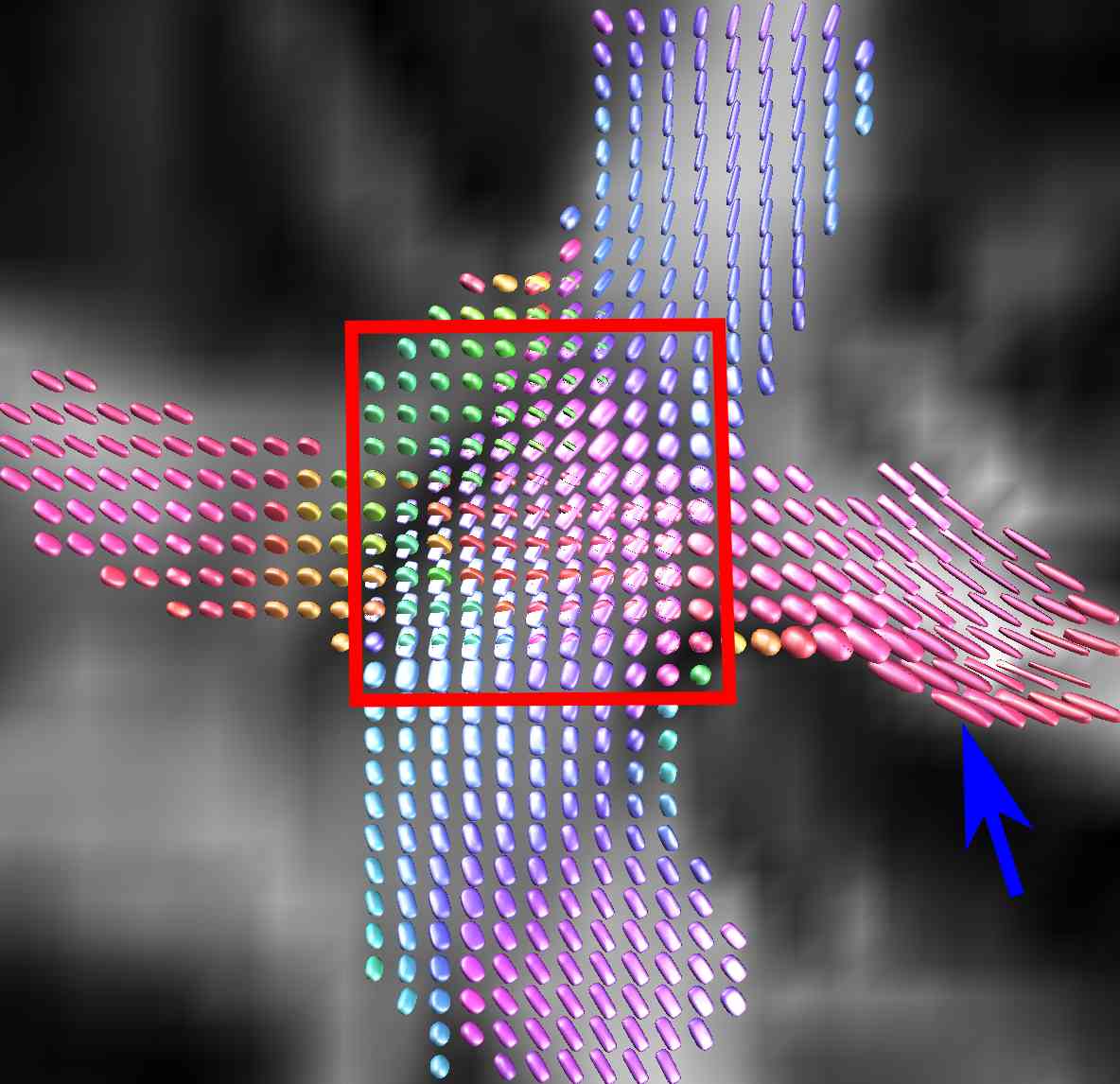
Multi-Tensor Estimation
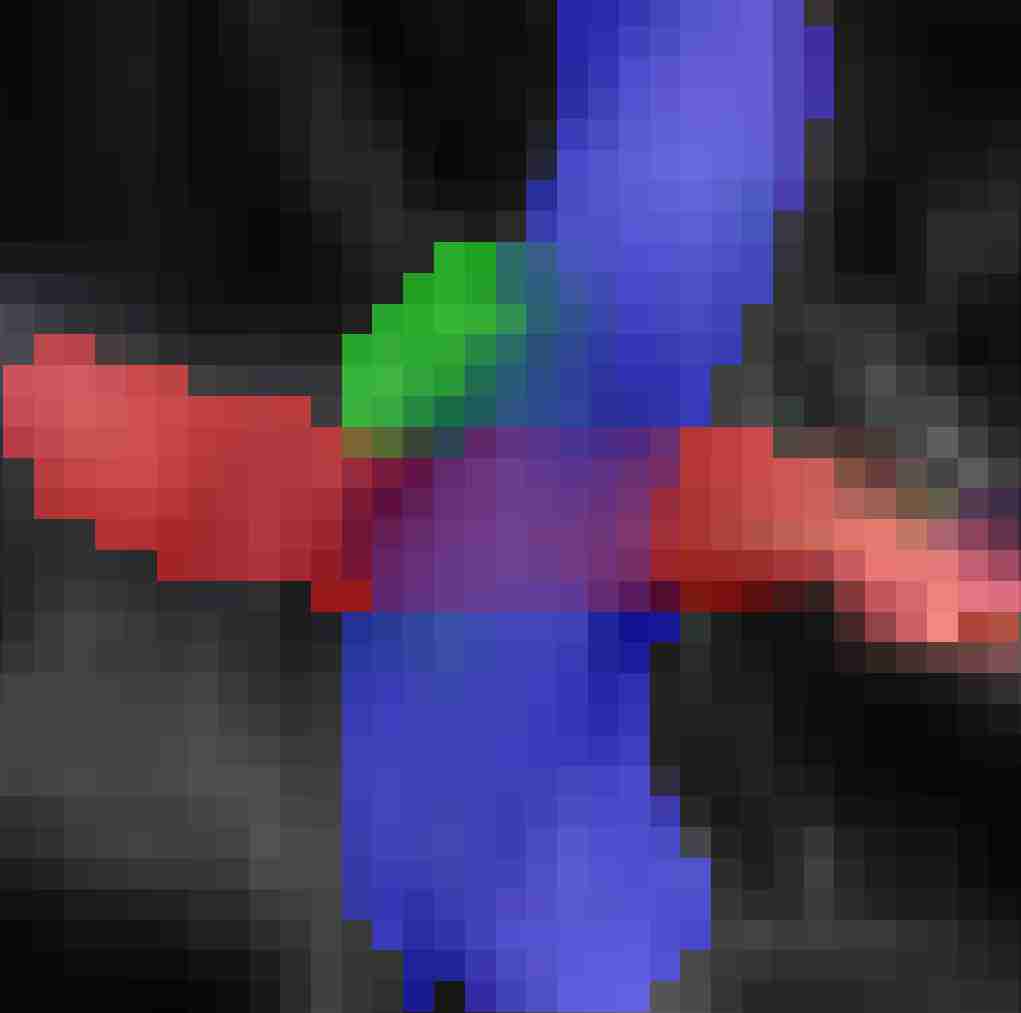
Fractional Segmentation
|
|
Diffusion MRI Fractional Segmentation and Multi-Tensor Estimation
-
We develop a method that jointly solves the white matter tract segmentation and multi-tensor model estimation problem.
-
We impose a Markov random field (MRF) spatial prior to take
advantage of spatial redundancy during the estimation and to
regularize the multi-tensor field.
-
To the best of our knowledge, ours is the first model that combines fractional segmentation of white matter with multi-tensor estimation.
-
We show that our method improves tract segmentations, distinguishes multiple tissue compartments, improves statistical analysis
of derived measurements, and provides better diffusion estimates even when using only 12 gradient directions.
For more details, please click here.
|
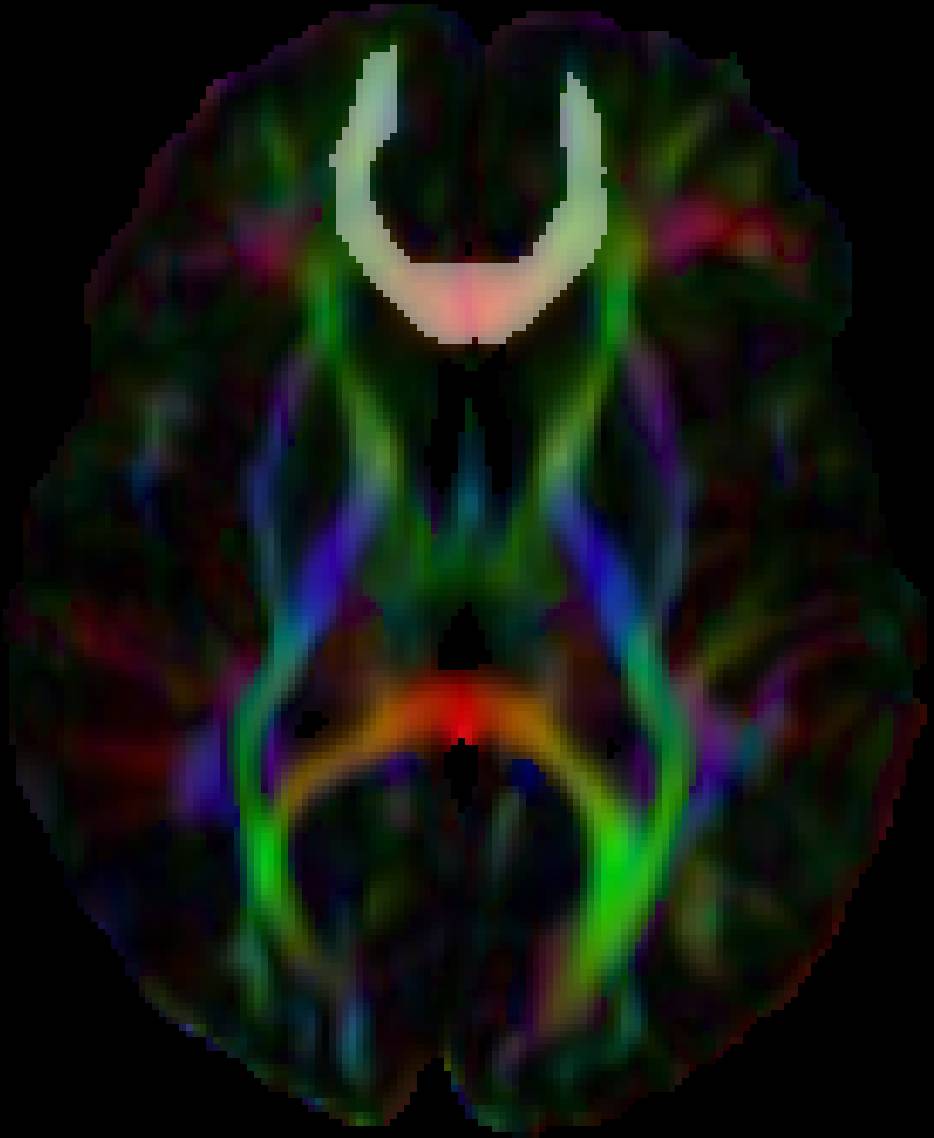
Our Segmentation
|
|
Improved Binary Segmentation of White Matter Tracts
-
We develop an automatic segmentation framework resulting in segmentations that better
delineate the white matter tracts and without requiring the users to tune parameters or other kinds of user intervention.
-
We propose to segment a white matter tract based on the angles
of the two characteristic vector fields from the two ROIs at
the ends of a white matter tract.
-
We show the robustness of our method on simulated data with
different noise levels. We also compare our method with
tractography methods and other geodesic approaches and
demonstrate that the proposed method results in improved segmentations using both synthetic and real DTI data.
|
White Matter Fiber Tracking
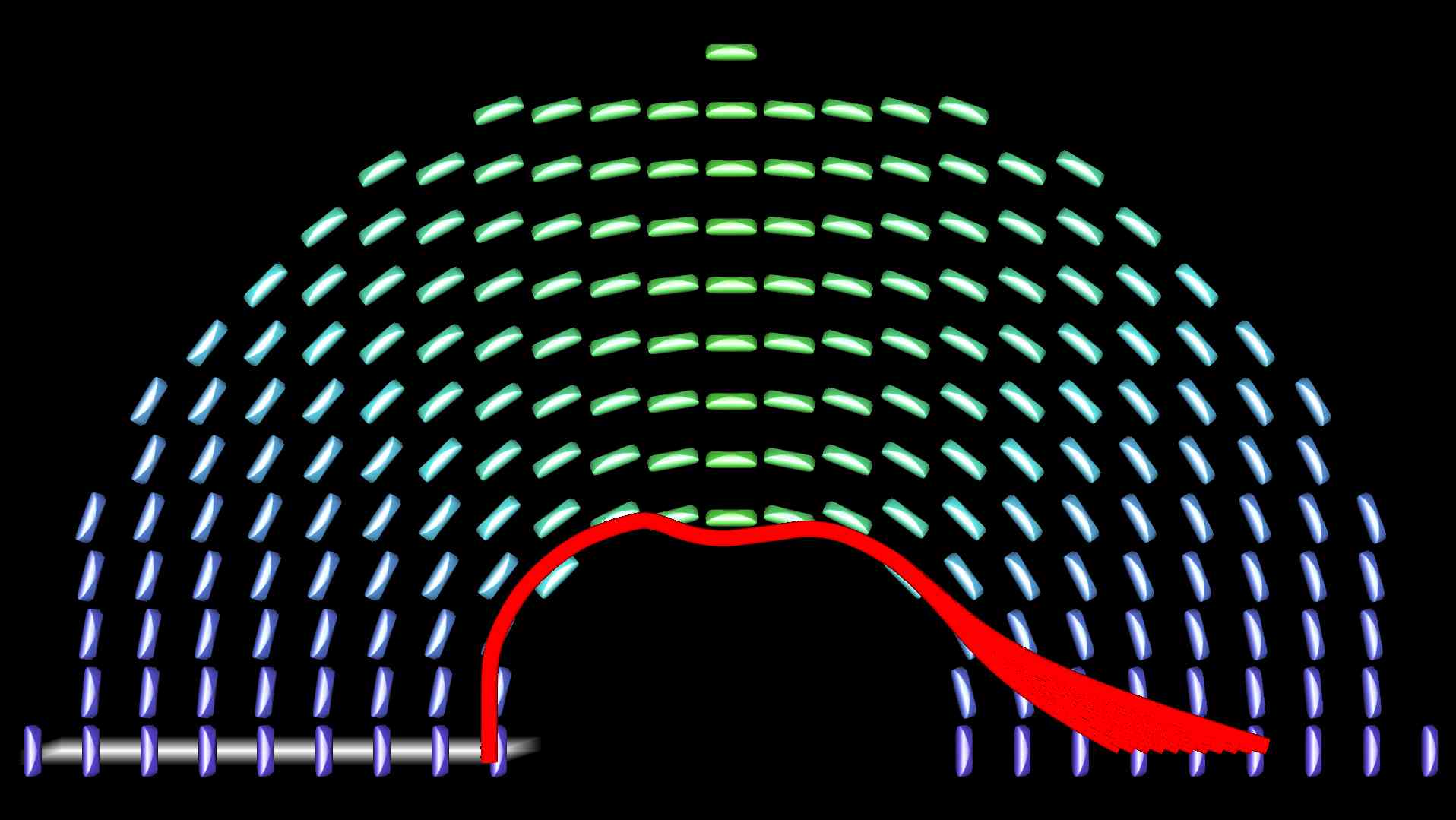
Geodesics Before Correction
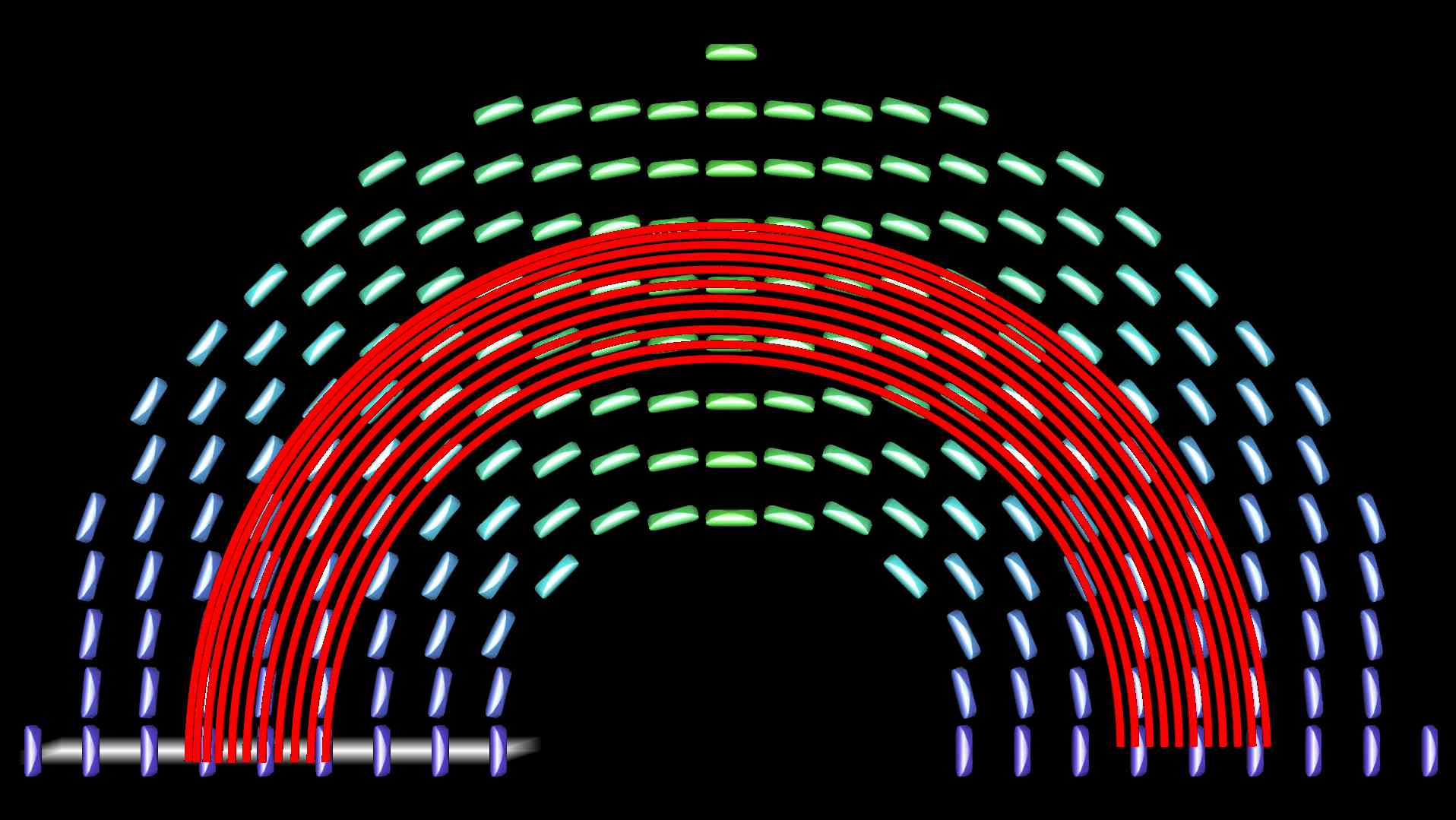
Geodesics After Correction
|
|
Improved Geodesic Tracking of White Matter
-
We develop a new geodesic approach in diffusion tensor imaging
(DTI) to correct the serious
drawback that geodesics tend to deviate from the major
eigenvectors in high-curvature areas.
-
Our solution is to develop a new Riemannian metric that is a modulated version of the inverse
diffusion tensor field. This metric is able to adaptively correct the geometry of geodesic curves so that they more closely follow the principal eigenvectors of the tensors.
-
The resulting algorithm requires solving for an unknown scalar
field, which requires solving a Poisson equation on the
Riemannian manifold. However, it does not require any arbitrary choice of parameters.
-
We show that this solution is sufficient to eliminate the
problem with geodesics in high-curvature regions, and we
demonstrate the corrected behavior of geodesics on both synthetic and real DTI data
For more details, please click here.
|
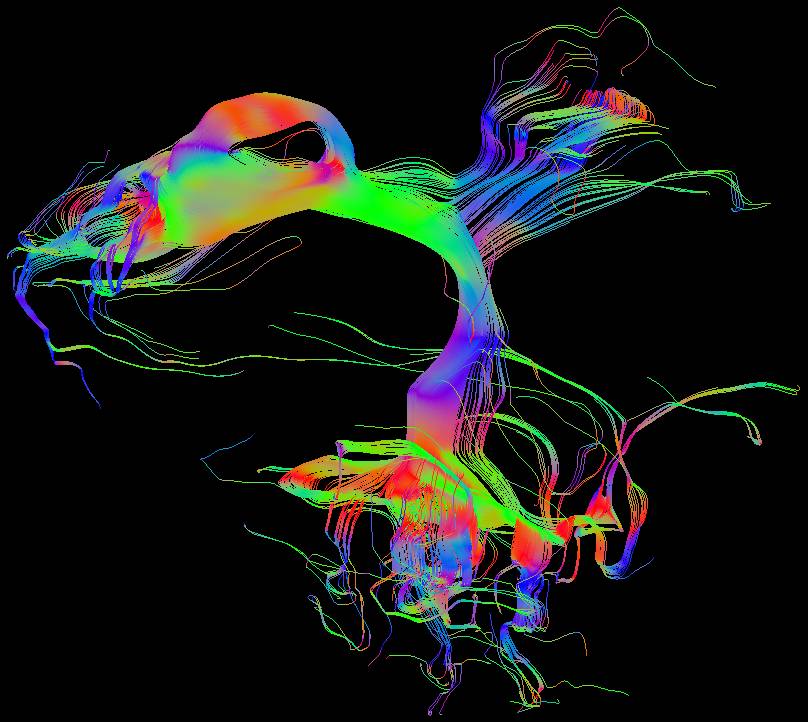
Tractography
|
|
Deterministic Fiber Tracking
-
The goal of this project is to study different kinds of tractography algorithms which are widely
used for tracking white matter fibers.
-
We implement different deterministic tractography algorithms,
such as streamline and tensor line methods. And these algorithms are tested on both synthetic and real data.
-
Advantages and disadvantages of each algorithm are summarized for
better understanding of the tractography methods.
|
Brain Connectivity Analysis
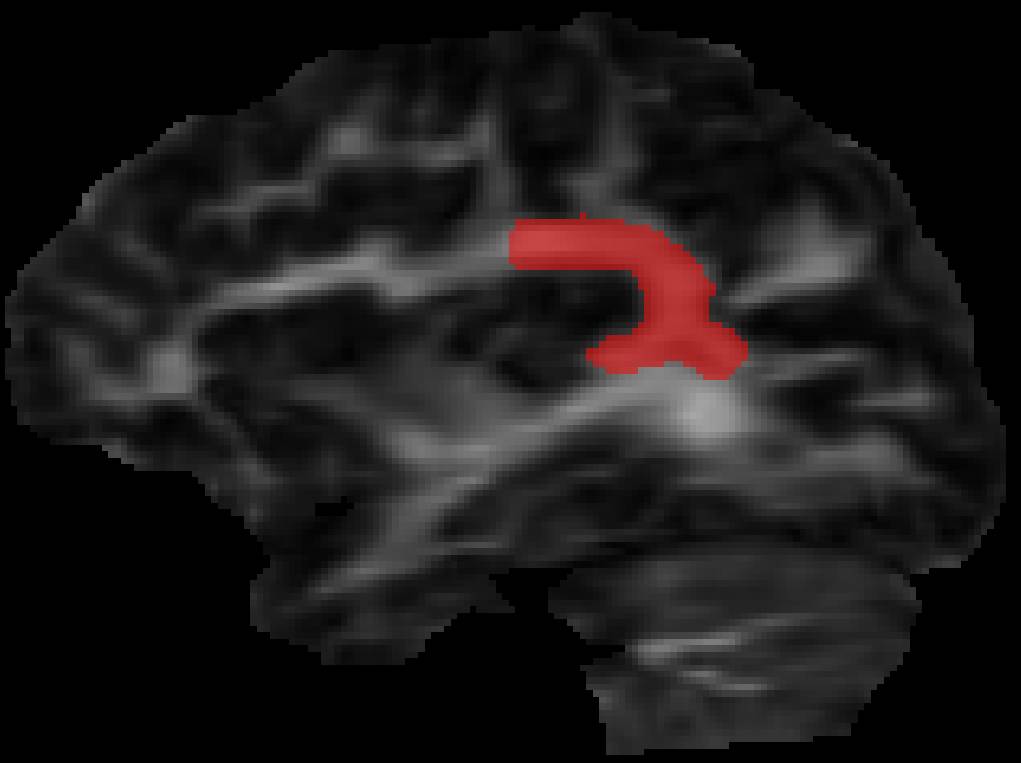
Arcuate Fasciculus
|
|
Longitudinal Study of Brian Structure and Connectivity in Autism
-
The goals of this project are to improve our understanding of
the autism disorder at both the group and individual level.
-
In this project, we use a unique longitudinal autism resource
that contains both structural MRI and diffusion MRI images of 100 individuals with autism and 72 typically
developing controls.
-
We develop volumetric tools for segmenting and analyzing white matter connections which evidence strongly suggests are
involved in autism.
-
We are developing image analysis tools for combining
volumetric DTI analysis with structural MRI morpho-metric measures.
|
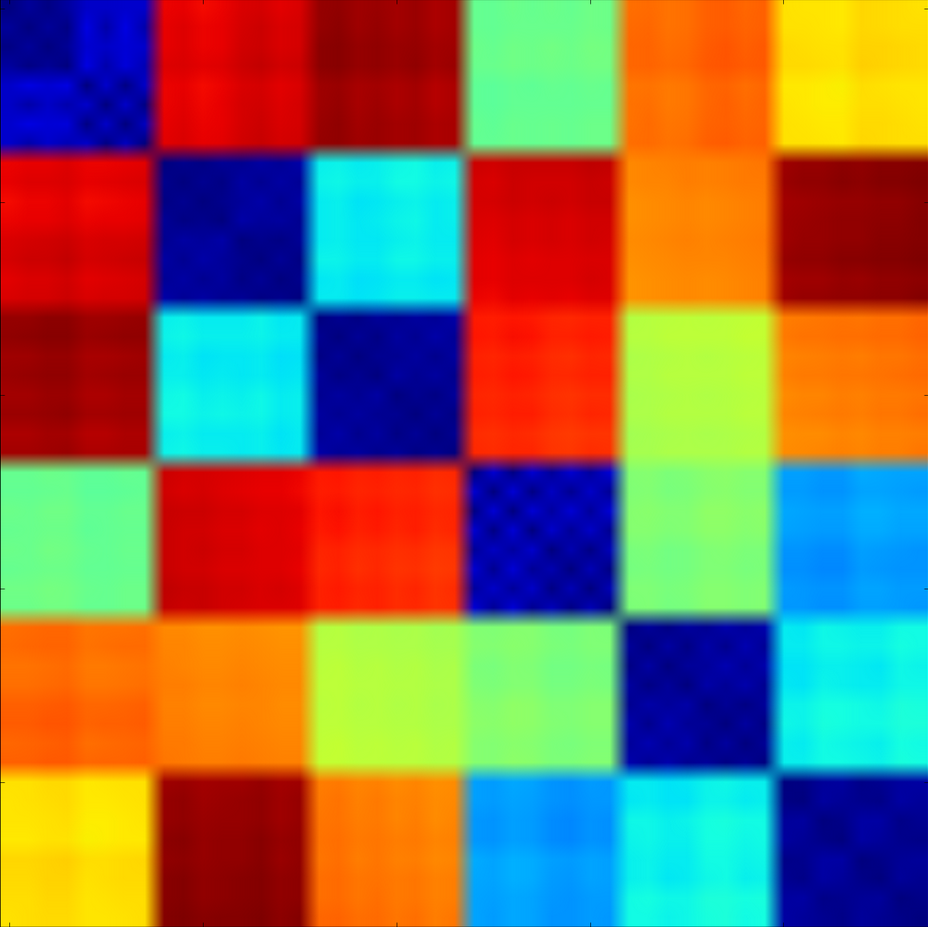
Distance Matrix
|
|
Spectral Clustering of Brian Regions
-
The goal of this project is to study the connectivity of
different brain regions. Given different brain regions, We want
to find the groups of brain regions that are pairwise connected.
-
In this project, several brain regions are selected for brain connectivity analysis.
-
We compute the cost of connecting each pair of selected brain
regions using front propagation method, and we get a cost
matrix of which each element denote the cost of connecting a
pair of region.
-
The cost matrix is used to compute a similarity matrix and the
spectral clustering method is used to cluster the brain regions to
different groups.
|





